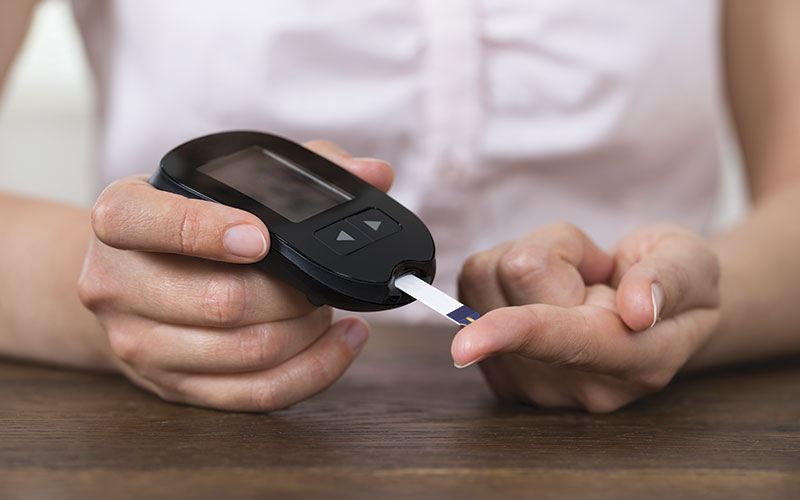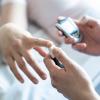A promising evaluation has been published on new technology to monitor blood glucose levels without needles or a finger prick.

Researchers from the University of Missouri School of Medicine and the Massachusetts Institute of Technology recently evaluated its accuracy.
Early results show that the non-invasive technology measures blood glucose levels as effectively as a finger prick test, without drawing blood.
The study measured the blood glucose levels of 20 healthy, non-diabetic adults prior to drinking a glucose-rich beverage.
Blood glucose levels were then measured in intervals over the next 160 minutes using three methods: spectroscopy, IV blood test and finger prick.
The tests are designed to determine how much glucose remains in the blood and if a patient’s insulin-regulating mechanisms are working effectively. The researchers found that spectroscopy predicted glucose values as accurately as a finger prick test.
Image credit | iStock




